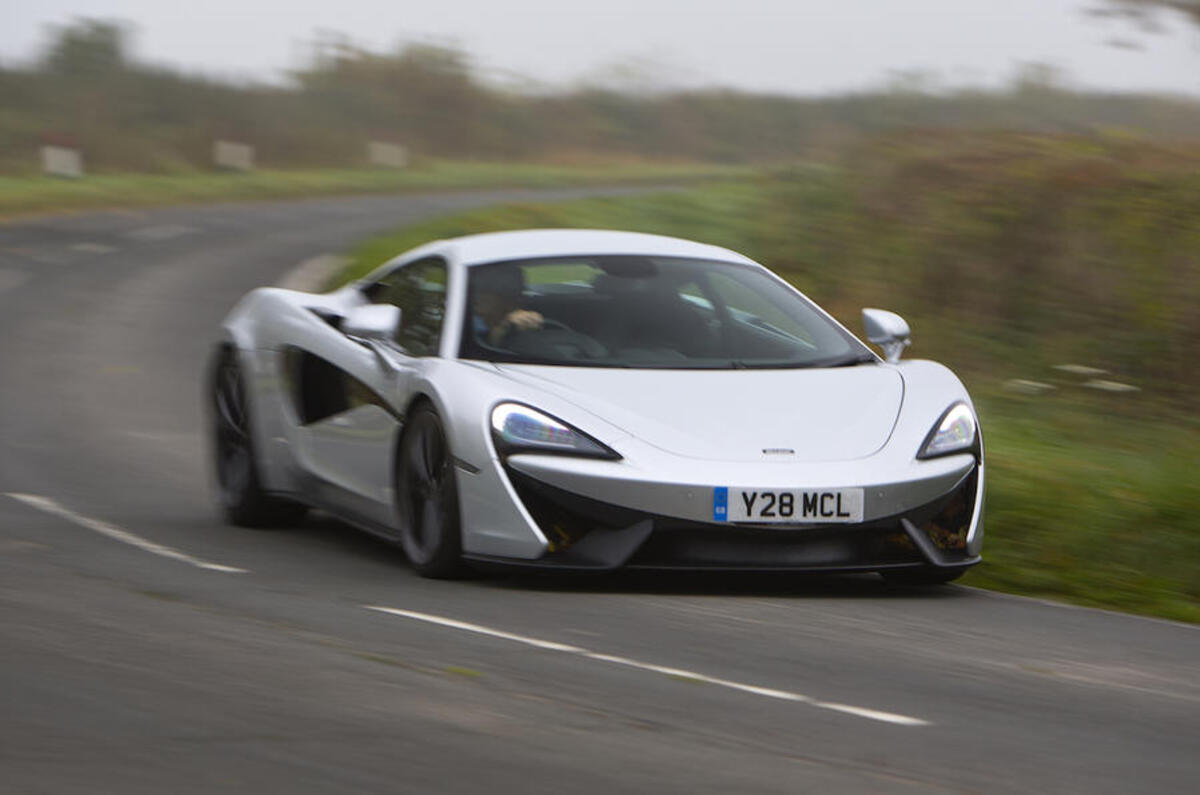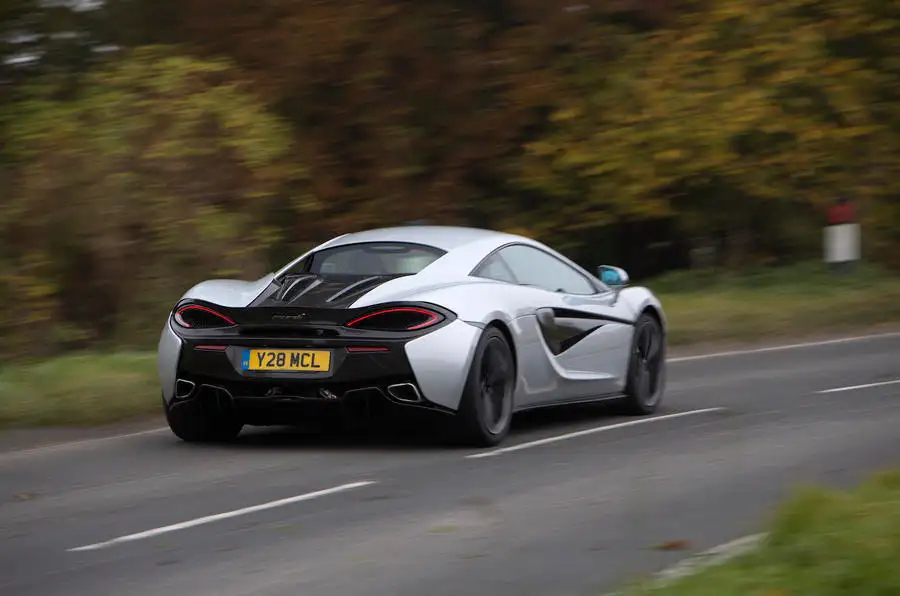Technically, the 540C is McLaren’s entry-level model, except for one important consideration.
When a car maker’s prices start north of £120,000, no car deserves such a humbling description, let alone a supercar with the all-round capability of this one.
The 540C was launched in summer 2015, not far behind its bigger-selling sibling, the 570S, which was later joined by the slightly softer 570GT. The similarities between the 540C and the other models are obvious: both cars use McLaren’s ultra-light one-piece carbonfibre monocoque chassis and have the same mid-mounted 3.8-litre, twin-turbo V8 driving through seven-speed paddle shift gearbox. Weights and dimensions are also very similar.
The only obvious differences are that the 540’s power is shorn of 30bhp (so it packs a mere 533bhp), that it lacks an exterior badge and that its front splitter is a bit different, though it takes a keen eye to spot that last difference.
Under the skin, the suspension is closely related to the more expensive models’ all independent set-up, but uses coil springs, adaptive dampers and good old anti-roll bars front and rear. The brakes are slightly lower-tech cast iron, too; if you want carbon rotors (noisier and marginally less capable from cold) you have to pay a fat option price.
Despite the 540C’s clear price appeal, the 570S and 570GT have so far performed better in the showroom, not least because McLaren has shown an understandable and marked preference for selling the pricier editions of its Sports Series range.




































